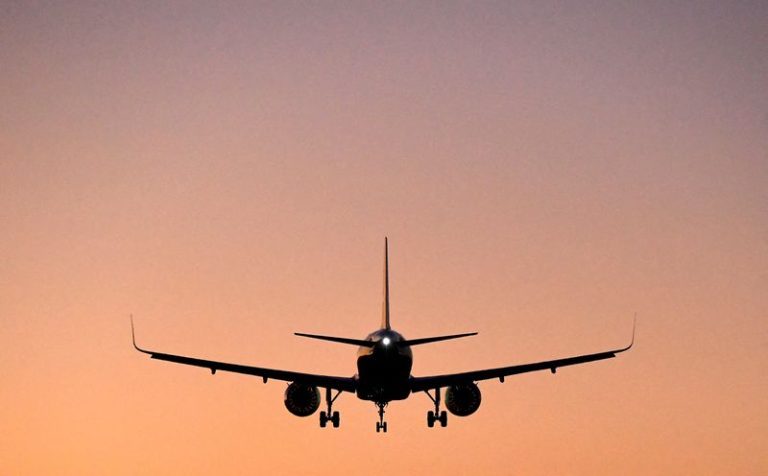By Emma Farge and Joanna Plucinska
GENEVA (Reuters) -Global airline body IATA forecast on Tuesday industry-wide 2025 revenue of more than a trillion dollars and record passenger numbers, despite what its chief Willie Walsh said were “unacceptable” difficulties in securing new planes.
Airlines around the world have seen their growth hampered by problems at Boeing (NYSE:BA) and Airbus which have delayed jet deliveries. Without newer, more efficient planes, airlines say they cannot cut back fuel costs while flying more people.
“We’ve given them time. I think our patience has run out. The situation is unacceptable,” International Air Transport Association (IATA) head Walsh told reporters in Geneva.
Walsh said suppliers were acting like “quasi-monopolies” and appeared to be benefiting from the problems they had caused.
“We’re going to have to ramp up the pressure and maybe look for support to force key suppliers to get their act together,” said Walsh, who was previously head of British Airways and its parent company IAG.
Engine makers have had a series of setbacks in the delivery of new engines or increased wear and tear in their latest generation of engines, causing bottlenecks in the maintenance plants needed to keep airline fleets flying smoothly.
Airbus, the world’s largest planemaker, lowered delivery targets a few months ago because of engine delays and other issues and Boeing has had to slow production because of a recent strike and increased regulatory attention following a safety crisis.
The aerospace industry says it is gradually returning to normal but has warned of supply pressures well into 2025.
Despite the problems, IATA said it expected the industry to generate record revenue of $1.007 trillion next year, up from a projected $964 billion this year.
It forecast industry-wide net profit of $36.6 billion in 2025, up from $31.5 billion expected in 2024, with a record 5.2 billion passengers set to fly.
That comes four years after the industry collapsed to a $140 billion loss in 2020 as a result of the COVID-19 pandemic. The industry has recovered thanks to a rebound in travel demand but airlines have drawn criticism from environmental groups for boosting profits by adding flights, harming the environment.
“If the amount of planes in the sky goes up, emissions will only keep going up more and more even if the planes are marginally more efficient,” Matt Finch, UK policy manager of advocacy group Transport and Environment, told Reuters earlier this year.
Jet fuel prices are also set to fall, offering some relief.
TRUMP NET POSITIVE
Walsh was upbeat about the second term of U.S. President-elect Donald Trump, saying that his actions in his first term had boosted the sector.
“The indication is that the second Trump administration is likely to reverse some of the actions that were taken under the (Joe) Biden administration,” he said.
“I would see the Trump administration as being a net positive for the industry,” he added.
He did not give details. Investors anticipate that a pro-business Trump administration could boost corporate travel, support M&A and introduce aviation-friendly policies, while Trump’s support of U.S. oil production may also lower airlines’ fuel costs.
However, uncertainty tied to conflicts in the Middle East and Ukraine could pose risks to the sector’s health, said IATA, which expects 2025 passenger yields, the average amount paid by a passenger to fly one mile, to fall by 3.4% versus 2024.

